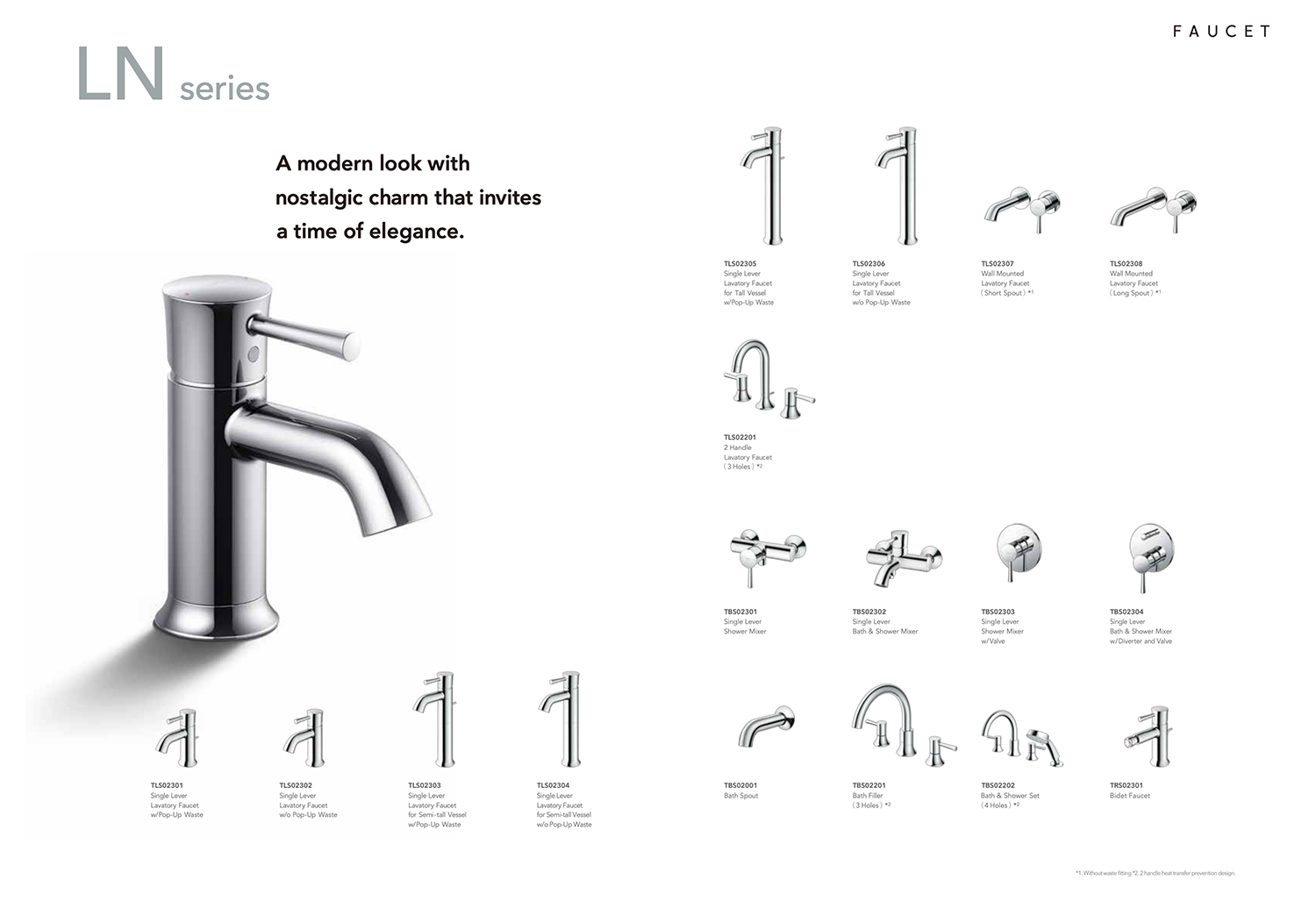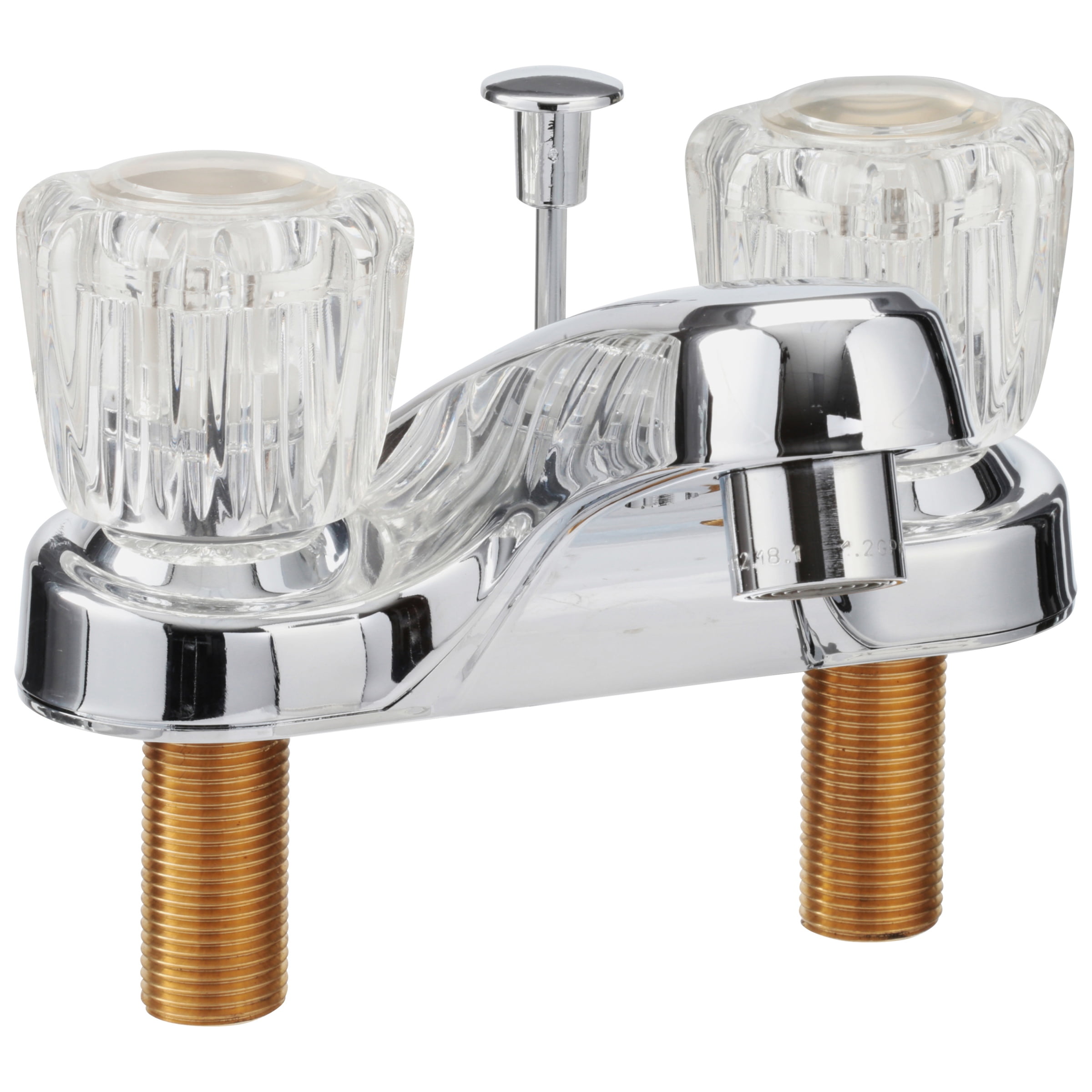Introduction to Bathroom Faucets

Bathroom faucets are essential fixtures in any bathroom, serving as the primary means of controlling water flow for handwashing, brushing teeth, and other hygiene tasks. They are responsible for delivering water at the desired temperature and pressure, ensuring a comfortable and efficient experience.
Over the years, bathroom faucets have undergone significant evolution, adapting to changing needs and technological advancements. From simple, functional designs to sophisticated, feature-rich models, the journey of the bathroom faucet reflects a constant pursuit of both practicality and aesthetics.
Evolution of Bathroom Faucets
The evolution of bathroom faucets can be traced back to the early days of plumbing, when simple spouts were used to control water flow. These early faucets were often made of metal or ceramic and relied on manual levers or knobs to regulate water pressure.
As technology advanced, the design and functionality of bathroom faucets evolved. In the 19th century, the invention of the ball valve revolutionized faucet design, allowing for smoother and more precise water control. The 20th century saw the introduction of ceramic disc valves, further enhancing durability and reliability.
Today, bathroom faucets are available in a wide range of styles, materials, and finishes, catering to diverse tastes and preferences. From traditional to contemporary, minimalist to ornate, there is a bathroom faucet to suit every bathroom design.
Types of Bathroom Faucets
Bathroom faucets are classified into different types based on their design, functionality, and installation method. The most common types include:
- Single-Handle Faucets: These faucets feature a single lever that controls both water temperature and flow. They are easy to use and offer precise control.
- Two-Handle Faucets: Two-handle faucets have separate knobs for controlling hot and cold water. They are a traditional design that is still popular today.
- Centerset Faucets: Centerset faucets are designed for installation on a 4-inch center spread, which is the standard distance between the hot and cold water inlets in most sinks. They are typically two-handle faucets.
- Widespread Faucets: Widespread faucets have a wider spread, typically 8 inches or more, and are ideal for larger sinks. They are available in both single-handle and two-handle designs.
- Wall-Mount Faucets: Wall-mount faucets are installed directly on the wall, eliminating the need for a deck plate. They are a popular choice for contemporary bathrooms.
- Roman Tub Faucets: Roman tub faucets are designed for freestanding tubs and typically feature a separate spout and handles. They are often ornate and elegant.
- Bathroom Faucets with Sprayer: These faucets are equipped with a pull-out or side-sprayer for added functionality, making it easier to clean the sink and fill containers.
Types of Bathroom Faucets Based on Material

Choosing the right material for your bathroom faucet is crucial for its durability, aesthetics, and overall lifespan. Each material brings its own unique set of benefits and drawbacks, impacting its longevity, maintenance requirements, and environmental footprint.
Chrome
Chrome is a popular choice for bathroom faucets due to its affordability, durability, and sleek finish. It is a highly reflective, corrosion-resistant metal that can withstand daily wear and tear. Chrome faucets are relatively easy to clean and maintain, making them a practical choice for busy bathrooms. However, chrome can be prone to scratches and water spots if not properly cared for.
Nickel
Nickel is another popular choice for bathroom faucets, offering a slightly warmer and more subdued finish compared to chrome. Nickel is known for its durability and resistance to corrosion, making it a good choice for high-traffic areas. Nickel faucets are also available in a variety of finishes, including brushed nickel, satin nickel, and polished nickel, offering flexibility in design. Nickel faucets are generally more expensive than chrome faucets, but their durability and versatility make them a worthwhile investment.
Brass
Brass is a durable and elegant material often used in high-end bathroom faucets. It is a mixture of copper and zinc, known for its strength, resistance to corrosion, and ability to hold a variety of finishes. Brass faucets are often coated with chrome, nickel, or other finishes to enhance their aesthetics and durability. While brass faucets are more expensive than chrome or nickel faucets, they are known for their longevity and luxurious appeal.
Stainless Steel
Stainless steel is a durable and hygienic material that is becoming increasingly popular for bathroom faucets. It is known for its resistance to corrosion, rust, and stains, making it an excellent choice for bathrooms with high humidity levels. Stainless steel faucets are also available in a variety of finishes, including brushed stainless steel, polished stainless steel, and satin stainless steel. Stainless steel faucets are generally more expensive than chrome or nickel faucets, but their durability and low maintenance requirements make them a worthwhile investment.
Environmental Impact and Sustainability, Types of bathroom faucets
The environmental impact of bathroom faucet materials varies depending on the manufacturing process and the source of the materials. For example, chrome-plated faucets often require the use of harmful chemicals during the plating process. Nickel and brass faucets are also associated with environmental concerns related to mining and processing. Stainless steel is generally considered a more sustainable material, as it is recyclable and can be sourced from recycled materials. Choosing faucets made from recycled materials can help minimize the environmental impact of your bathroom renovation.
Considerations for Choosing a Bathroom Faucet

Choosing the right bathroom faucet is an important decision, as it will affect both the functionality and aesthetics of your bathroom. It’s not just about picking a pretty fixture; several factors need to be considered to ensure you get the best faucet for your needs.
Water Pressure and Flow Rate
The water pressure in your home plays a significant role in selecting a faucet. If you have low water pressure, you’ll want to choose a faucet with a high flow rate to compensate. Conversely, if you have high water pressure, you may want to choose a faucet with a lower flow rate to avoid splashing and conserve water.
- Water pressure: This is the force with which water flows from your pipes. It’s measured in pounds per square inch (psi). Low pressure might result in a weak flow from the faucet, while high pressure could lead to excessive splashing or damage to the faucet.
- Flow rate: This refers to the volume of water that flows through the faucet per minute, measured in gallons per minute (gpm). A higher flow rate will provide a stronger stream of water, while a lower flow rate will conserve water. You can usually find the flow rate listed on the faucet’s specifications.
